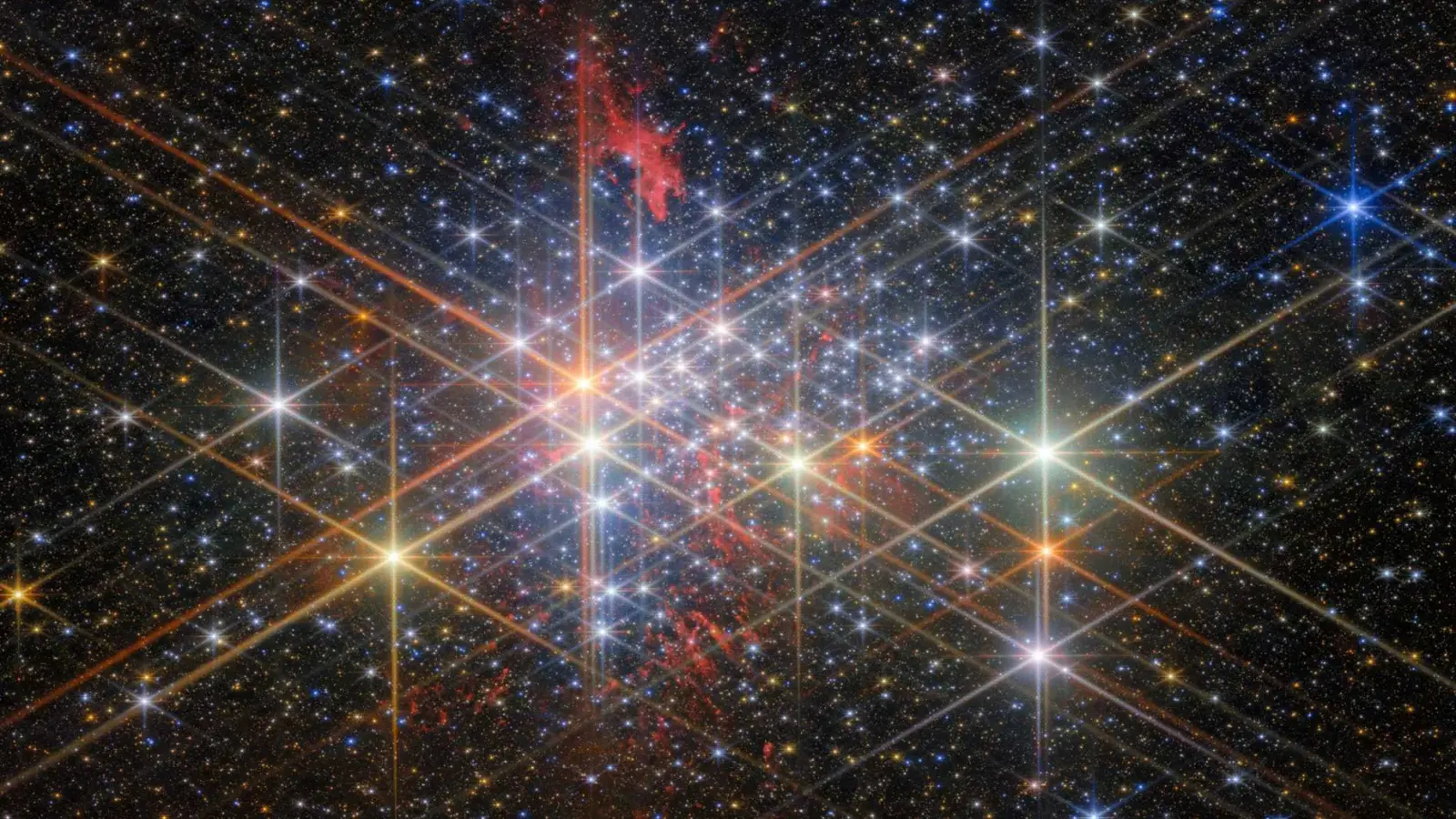5 Minutes
Imagine a cosmos that once blazed with comparatively abundant star birth, now dimming as it ages. New research led by astronomers at the University of British Columbia suggests the universe has passed its prime era of star formation and is slowly cooling — a change that will make new stars increasingly rare.
A universe past its peak
A team of 175 astronomers combined data from two powerful observatories — ESA's Euclid space telescope and the Herschel infrared satellite — to build the largest galactic sample to date: about 2.6 million galaxies. By measuring the temperature of cosmic dust across this enormous dataset, researchers reconstructed how galaxy environments have evolved over cosmic time.
"From here on, the universe only gets colder and more dead," says Douglas Scott, a cosmologist at the University of British Columbia and a co-author of the study. That stark line captures the study's headline result: the mean dust temperature in galaxies has declined steadily for billions of years, implying a long-term drop in the raw conditions that spark star formation.
How Euclid and Herschel revealed the cooling trend
Data depth and sample size
Previous surveys lacked either the sensitivity or the breadth to capture both hot, active galaxies and colder, more quiescent systems in a single, unbiased sample. Euclid provides wide, deep optical and near-infrared imaging while Herschel recorded far-infrared wavelengths sensitive to thermal emission from dust. Together they make it possible to measure dust temperatures precisely across millions of galaxies — removing a major source of uncertainty.

Why dust temperature is a key metric
Dust grains in galaxies absorb starlight and re-radiate that energy in the infrared. Warmer dust generally signals active, massive star formation; cooler dust points to older stellar populations or declining star-forming activity. "Dust grains are tied to star formation, and when stars burn out they seed the medium with lots of dust," Scott explains. Tracking dust temperature over cosmic time therefore gives a proxy for the universe’s star-forming vigor.
Findings: a steady decline in cosmic warmth
The researchers find that roughly 10 billion years ago — when the universe was about 3 billion years old — the average dust temperature reached around 35 K (about -238 °C). Although extremely cold by human standards, that temperature was significantly higher than the cooler values observed in more recent epochs. Over billions of years the average dust temperature and the dust mass in galaxies have decreased, indicating lower rates of massive-star formation and fewer hot, young stars to heat the interstellar medium.
Riley Hill, the paper’s lead author, notes: "Euclid’s coverage lets us measure dust temperatures with a precision that removes much of the debate. We can now trace how a key ingredient for star formation fades across cosmic time."
Implications for galaxies, planets and cosmic fate
Stars are the engines of chemical enrichment and planetary formation. Massive stars forge heavy elements and, through supernovae, expel them into space as dust and gas that seed the next generation of stars and planets. A long-term decline in star formation affects galaxy evolution, the supply of heavy elements for future planets, and even prospects for new habitable worlds in the far future.
On cosmological timescales, the trend points toward a darker, colder universe where star birth becomes progressively rarer. That doesn’t mean stars vanish overnight — star formation continues, especially in remaining gas-rich pockets — but the overall cosmic rate is on a downward trajectory that, if sustained, will shape the universe for trillions of years.
Expert Insight
Dr. Elena Moreno, an astrophysicist not involved with the study, offers context: "This work stitches together two complementary observatories to show a coherent picture: the conditions that favor prolific star formation are waning. It's a reminder that the universe has a life cycle, and we're observing it in its middle age — vibrant in some regions but cooling globally."
For scientists, the study underscores the value of combining multiwavelength surveys to understand galaxy evolution, and it motivates further follow-up to probe the physical drivers — gas depletion, feedback from black holes, or changing merger rates — behind the long-term cooling trend.
Comments
astroQ
Wait, so the universe past its prime? Is this even solid evidence or could selection effects and AGN heating skew the dust temps? curious, hmm


Leave a Comment